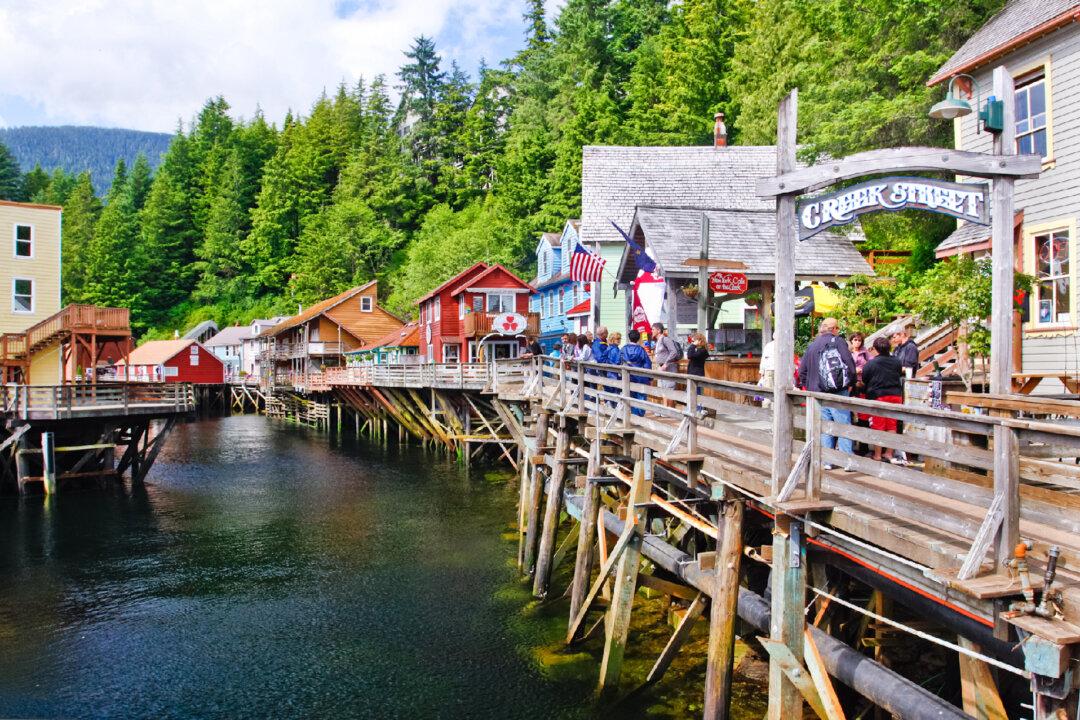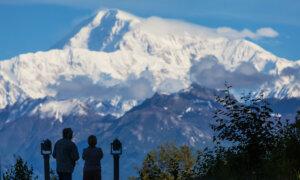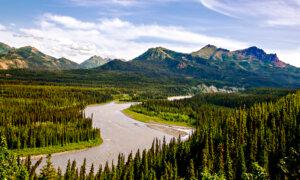When I began planning to visit Alaska, three words came to mind: “big,” which describes many things in the 49th state; scenery, some of the most magnificent anywhere; and “wildlife,” which is there in abundance.
It didn’t take long to experience all of those observations. Alaska is big. It’s twice as large as Texas, with a coastline longer than those of all of the other states combined.
Mount Denali (formerly known as Mount McKinley) is the tallest peak in North America. The park where it is located is larger than Massachusetts, and the state contains more than two-thirds of the country’s total national park acreage.
It was the breathtaking scenery that first caught my eye. Snow-covered mountain peaks that stretch to the horizon include 17 of the 20 highest in the country. Rivers meander through valleys that were gouged out eons ago by advancing glaciers.
Opportunities to observe wildlife are everywhere. My itinerary included Denali National Park and Preserve, a world of Arctic tundra and soaring mountains. In addition to the “Big Five” Alaska mammals—grizzly bear, caribou, moose, wolves, and Dall sheep—this wilderness is home to a menagerie of other creatures.
Towns in Alaska are never far from the wilderness, and in many places they overlap. Parks often begin within city limits and extend to nearby backcountry landscapes. Moose, bears, and other critters sometimes wander into urban settings, eliciting little surprise from residents who are used to such intrusions.
One Anchorage park provides inviting habitats for bears and moose. People gather to watch the spring-to-summer spawning run of salmon. As the fish battle their way up the rushing water, hungry bears congregate to gorge on their favorite food.
A stop at the Alaska Native Heritage Center in Anchorage provided an immersion in life of another kind—the Indigenous cultures that comprise an important part of the state’s culture. The customs and traditions of the 11 major Native groups are presented there through dance, music, art, and storytelling.
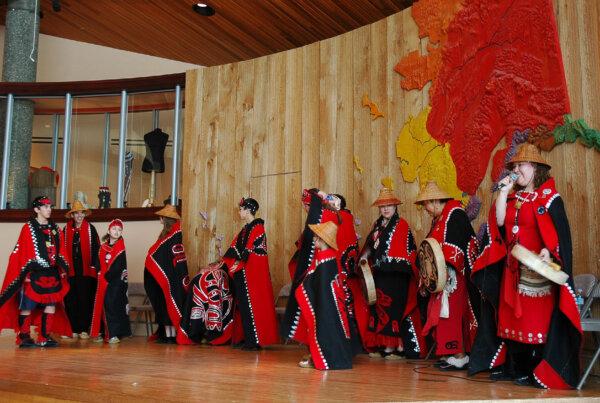
Outside stand authentic Native dwellings that are staffed by people from villages around Alaska. They discuss their history, fables, and other interesting information. The center will reopen in May after undergoing renovations.
Equally intriguing are towns in Alaska, each with its unique history and stories. Gold was responsible for the birth of Juneau, the state capital, when it was discovered there in 1880. That was years before the famous Klondike Gold Rush began in Canada’s Yukon region. I relived those heady days during visits to several mining sites and by trying my hand at panning, which, while fun, did not do much to fill my wallet.
Another claim to fame is the proximity to Juneau of the most readily accessible of the 20,000 or so glaciers in Alaska, the Mendenhall. Looming above the town, it flows about 13 miles from the ice field where it originates.
At the lake where the glacier ends, large chunks break off to become icebergs. I was fortunate enough to observe a “calving,” as that process is called, but was saddened to learn how far the glacier has retreated in recent years.
The town of Ketchikan occupies the site where Tlingit Indigenous people once set up summer fishing camps near salmon-rich waters. It lays claim to the title “Salmon Capital of the World.” It also boasts the largest display anywhere of standing totem poles in organized collections as well as in front of private homes.
The setting I encountered along Creek Street was very different. A wooden boardwalk follows the stream that runs through the heart of town. For about three decades, beginning in the Prohibition era, some buildings perched above the water served as brothels. I spotted a sign welcoming visitors to Creek Street that said, “Where fish and fishermen go up the creek to spawn.” Those structures now house restaurants, galleries, and gift shops.
The major attraction in Sitka is evidence of Russia’s effort to colonize present-day Alaska, which ended in 1867 with the sale of the territory to the United States. The Russian Bishop’s House (built 1842-43), onion-shaped domes of St. Michael’s Cathedral (1834), and a replica of a Russian fort blockhouse are among reminders of that chapter of history.
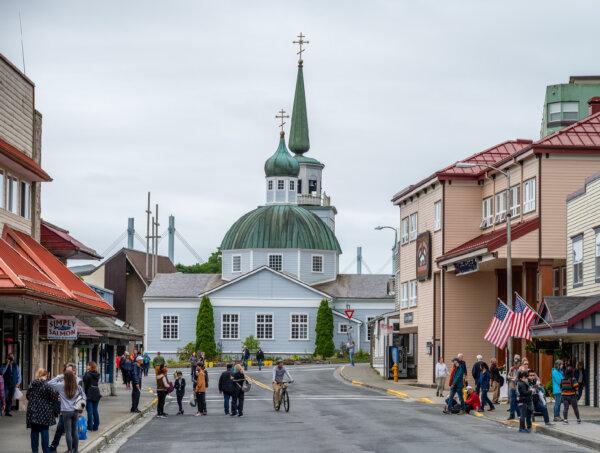
Along with Alaska’s breathtaking natural beauty, colorful history, and constant opportunities to interact with wildlife, its people also left an indelible impression. One reason for that is the respect accorded the cultures of the Indigenous people and the extent to which they have been woven into the fabric of life.
Changing the name of Mount McKinley to Denali took note of the Athabascan word for “Great One.” I spotted locals wearing T-shirts bearing representations of totem poles and other traditional images. And I was moved by the pride with which an Aleut guide at the Alaska Native Heritage Center described how men from his village still hunt for whales from kayaks and bragged that the baskets woven by the women are among the finest in the world.
Other residents manifest pride and independence in other ways. This was evident in the motto on state license plates, “Alaska—The Last Frontier,” and on a sign I spotted in a small town claiming, “Where the road ends and life begins.”

